A Few Macro Favorites | Northern California fine art photography
When I first started learning photography, in addition to photographing ALL THE THINGS, I was incredibly interested in macro photography. It intrigued me. The details and the blurry backgrounds seemed beyond reach. Because of this allure, a macro lens was the first lens I purchased (after the kit lens).
Macro photography allows photographers to capture extraordinary details in tiny subjects, revealing a world that often goes unnoticed by the naked eye. From intricate patterns on insects to the delicate beauty of flowers, macro photography opens up a whole new realm of artistic exploration. It can also enhance creativity, patience, and attention to detail as you focus on the small things in life.
Gear for Macro Photography
Macro lenses, extension tubes, or magnifying filters are essential for achieving high magnification and close focusing distances. They allow you to get super close to your subjects without losing sharpness. I most often use a Canon 100mm macro lens.
Tripods and Stability are key in macro photography to prevent camera shake and ensure sharp images. A sturdy tripod, a place to rest your camera, or a very balanced stance will help you maintain a steady hand while shooting those tiny details. Elbows in, camera against your face!
Lighting is crucial in macro photography to illuminate your subjects and reveal details effectively. Consider using natural light, a ring light, a macro flash to enhance your macro shots. Reflectors are also handy to use to either reflect more light, or shield the harsh sun. Natural light is my light of choice.
Focus & Depth of Field
Achieving precise focus in macro photography can be challenging due to the shallow depth of field. Experiment with focus stacking, manual focus, or using focus peaking to ensure sharpness in your close-up shots.
Understanding depth of field is crucial in macro photography to control what appears sharp and what appears blurred in your images. Adjusting your aperture settings can help you achieve the desired depth of field for stunning macro photos as well as sharp focus. Remember, you also don’t have to shoot totally wide-open in order to still attain that blurry background.
ISO 400 f3.5 1/500s 100mm macro lens
Recently, I held a mentoring session on macro photography. Although I haven’t been shooting as much macro as I did a few years ago, teaching that session completely caused me to fall in love with it all over again! If you haven’t already, I hope you’ll give it a try. And, if you live in Northern California, I’m sure to be holding another macro mentoring session before long. I hope you can join me.
Enjoy a wonderful week!
Can’t find what you’re looking for? Use the Search option below.
* * * * * * *
As a published, featured northern California fine art photographer living in the greater Sacramento area, I specialize in fine art landscape, nature, and still life photography. My style is authentic, fresh and personality-driven. I offer several educational opportunities including workshops and photography mentoring. You can learn about them by going to SERVICES and WORKSHOPS. While currently living in rural northern California with my husband and a couple thousand walnut trees, I post regularly to Instagram.
Please CONTACT ME with any questions or to schedule your learning session.
Serving Yuba City/Marysville, East Nicolaus, Wheatland, Lincoln, Woodland, Davis, Roseville, Rocklin, and the greater Sacramento area.
(530) 633-7575
Join other advanced photographers who are recognized for their technical and creative work. Learn more HERE.
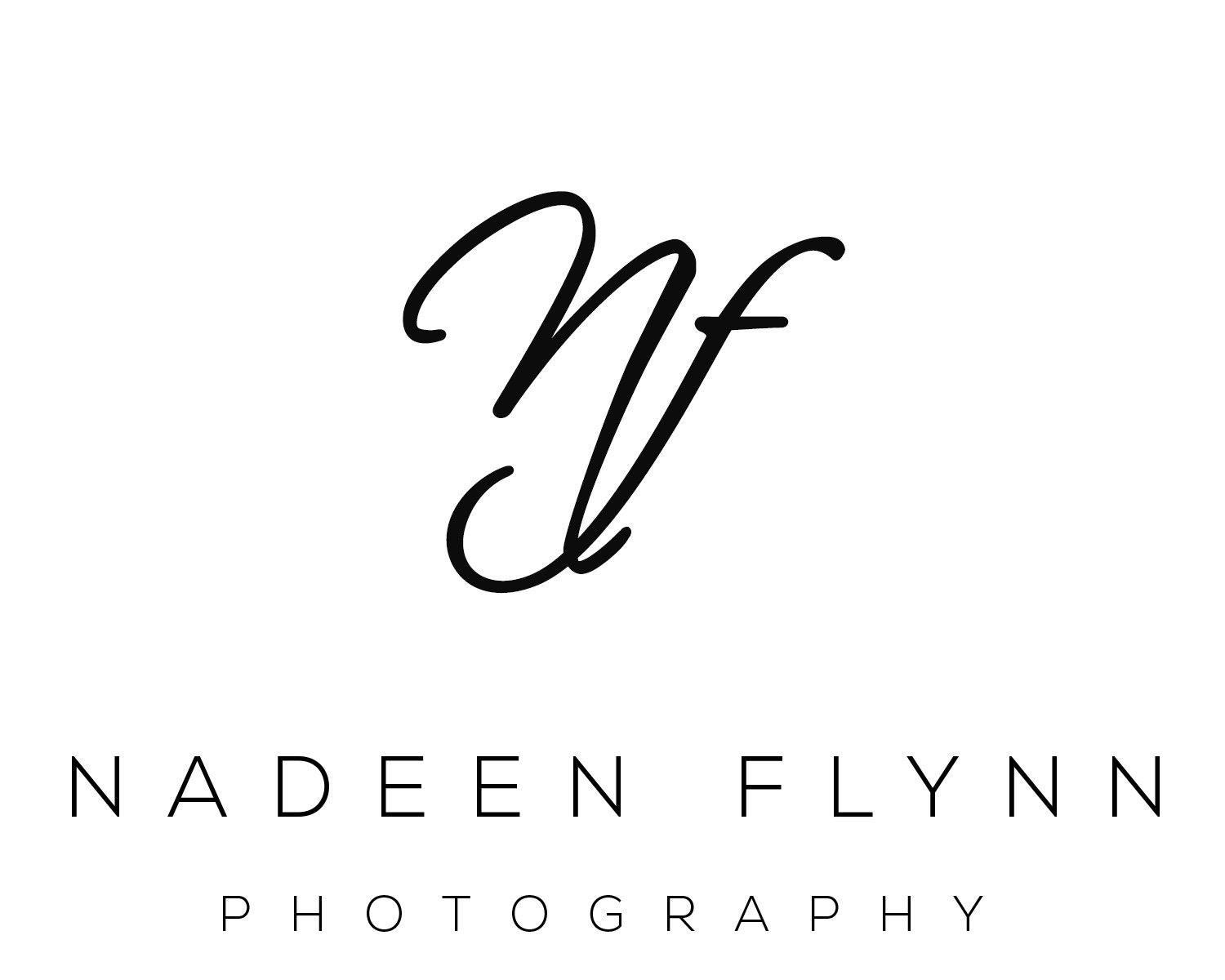
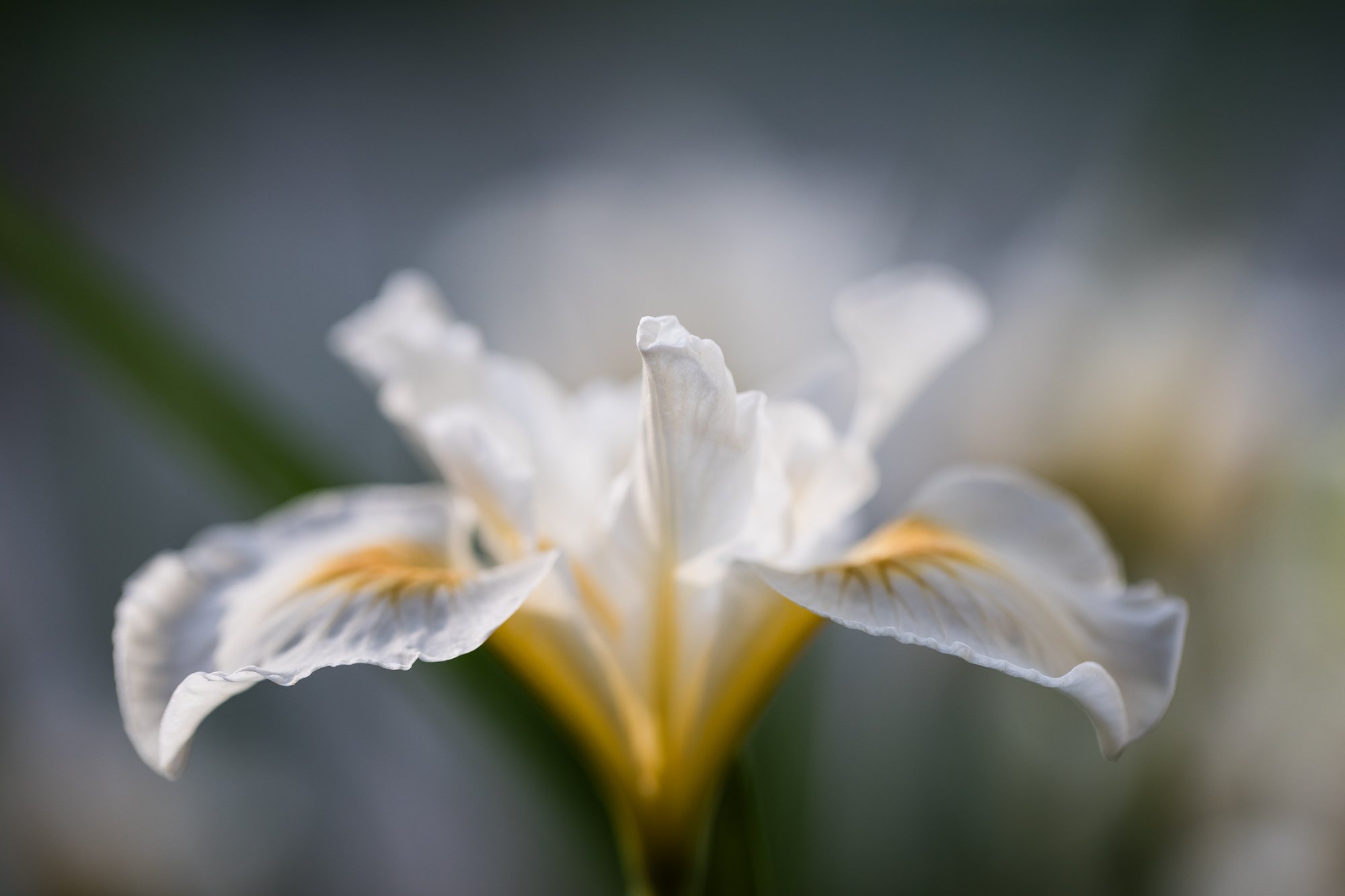




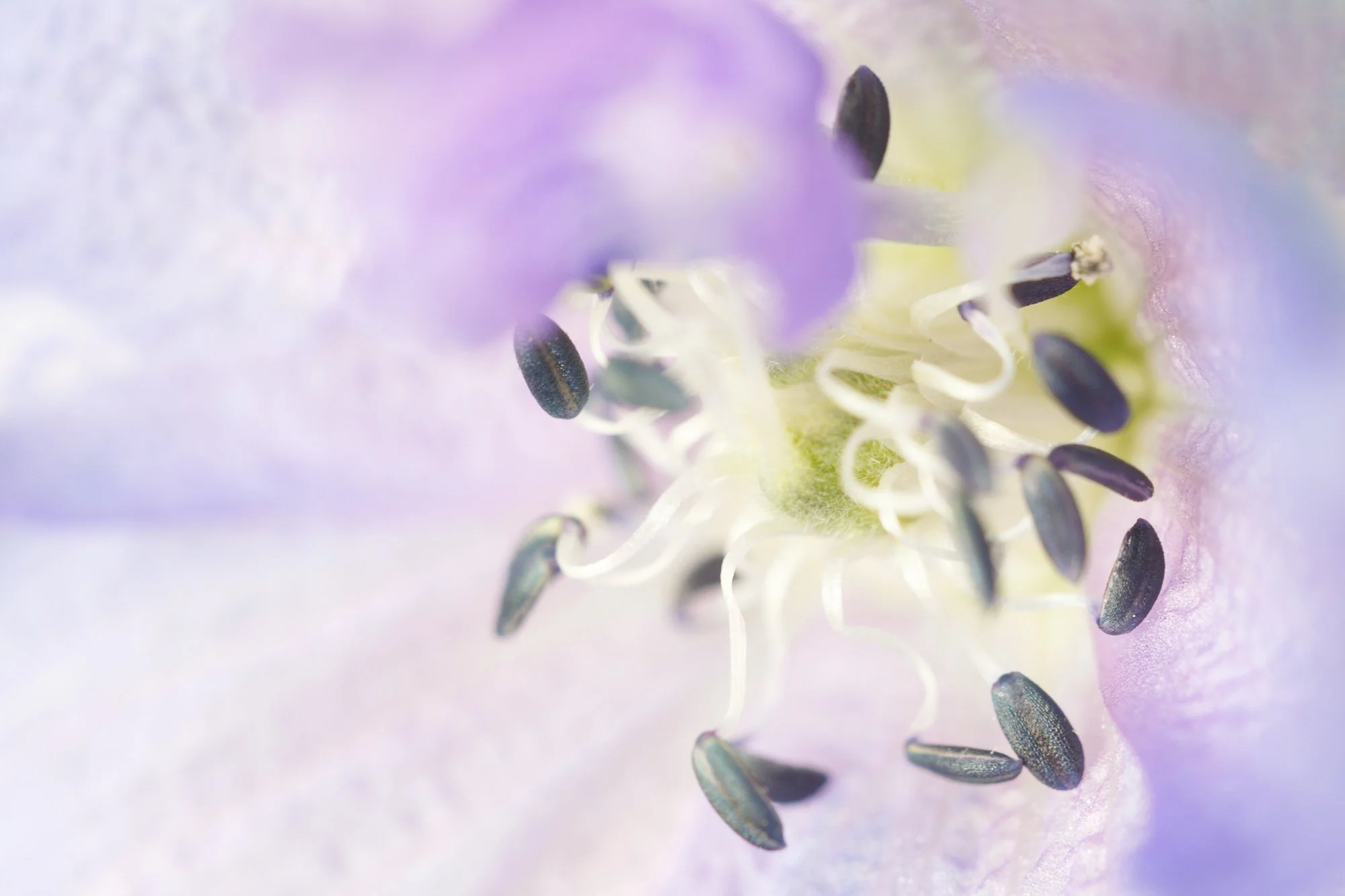


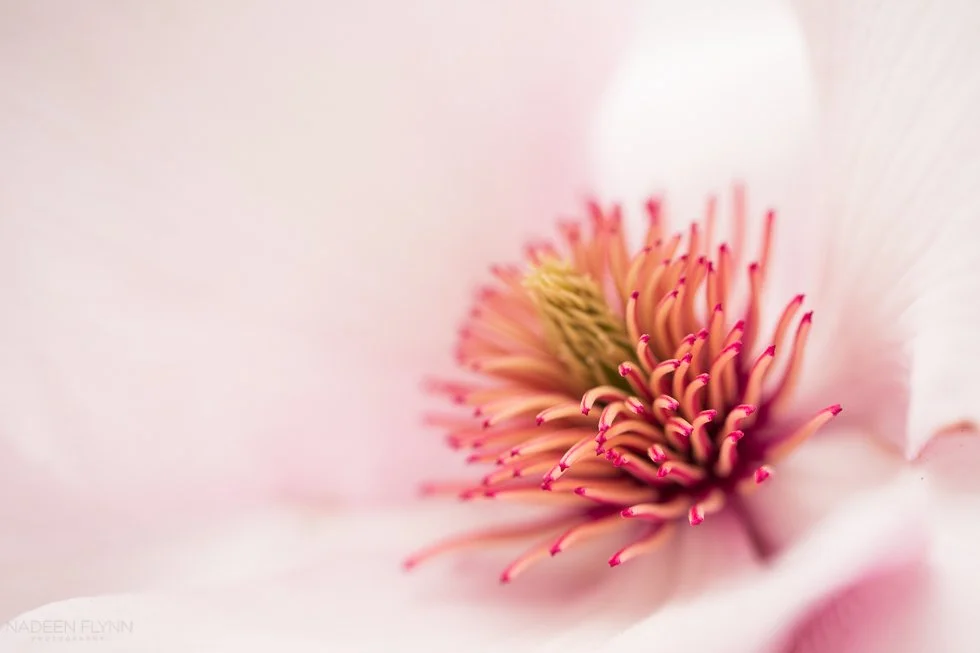












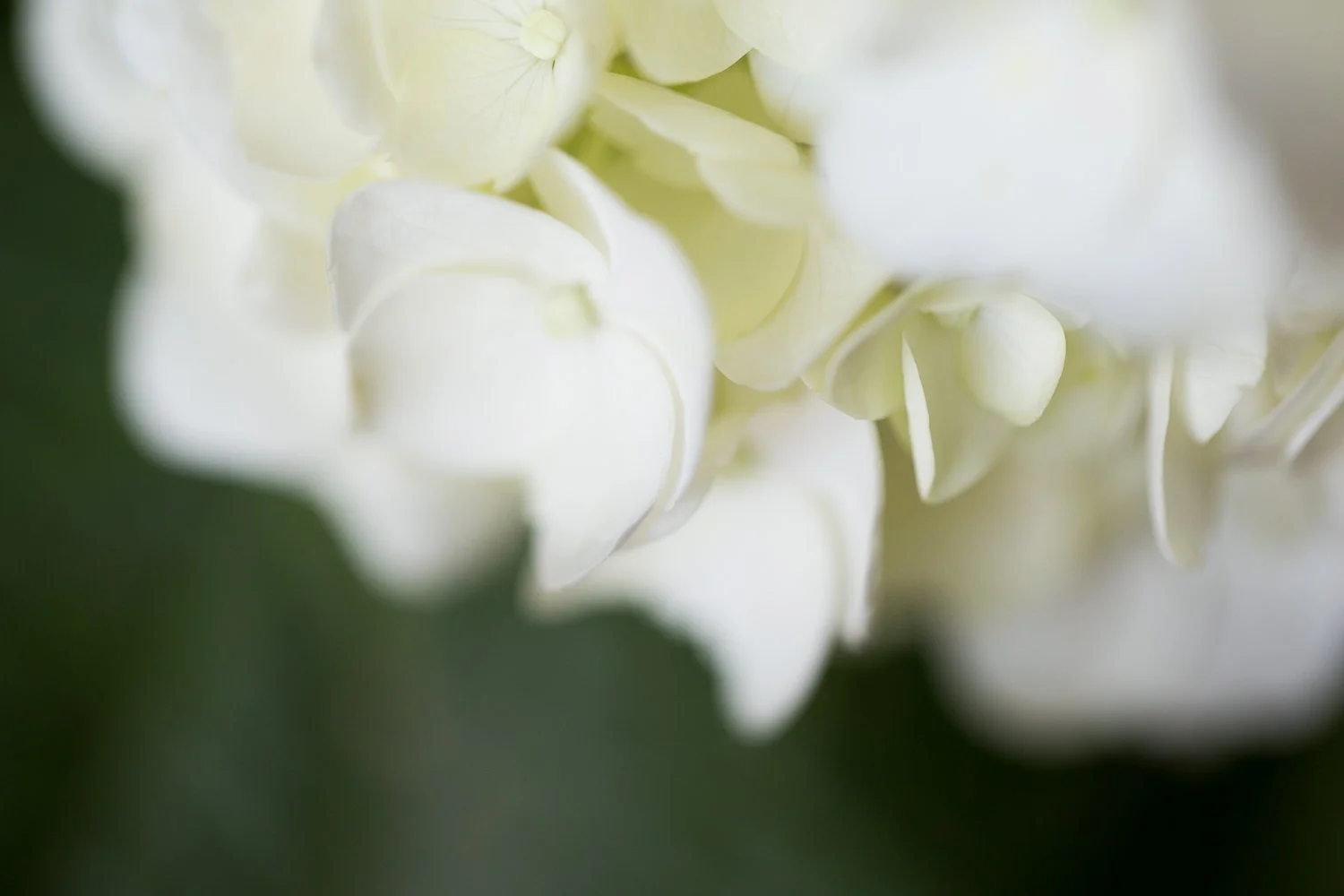







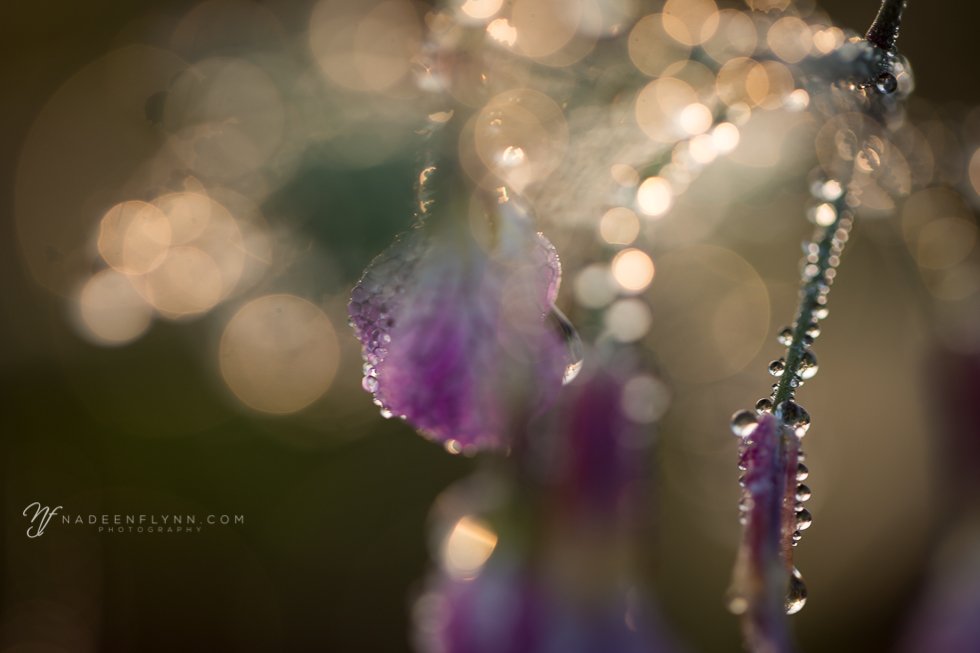












It’s past time to tear out the gardens - both the floral cutting garden and the vegetable garden. (My tomatoes are going crazy!!!) After all, it’s November! But, each time I go out to the garden and assess what I need to get started removing the old plants, I see bees, ladybugs, and butterflies. I just cannot begin to remove their food source.